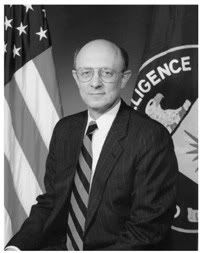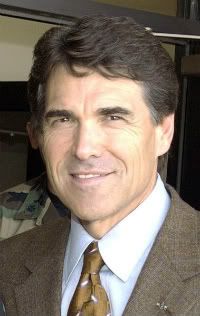Lateral Power, Distributed Generation, and the Third Industrial Revolution
Frequent commenter Glenn Doty points out that statistically, violence reduces oil production, and believes that the reason behind the invasion of Iraq was not about the access to oil per se, but for CONTROL of PROFIT from the oil. He writes:
That distinction is important, because if you shift the primary fuel dependence to require access to lithium, the motivation to control the profit from lithium will become just as strong as the current motivation to control the profit from oil… That means if we elect another warmonger, we might just find a reason to invade Chile for control of their salt flats… or something similar.
I agree that centralized control of a single commodity (say, oil) breeds autocracy and oppression. This, of course, is Thomas L. Friedman’s concept: “Fill ‘er up with dictators.” It’s also what James Woolsey (four presidential appointments, including director of the U.S. Central Intelligence Agency) told me when I spoke with him in preparation for my first book. (more…)










 Ken Chan, one of our associates who helps us promote clean energy businesses in China, just wrote me:
Ken Chan, one of our associates who helps us promote clean energy businesses in China, just wrote me: